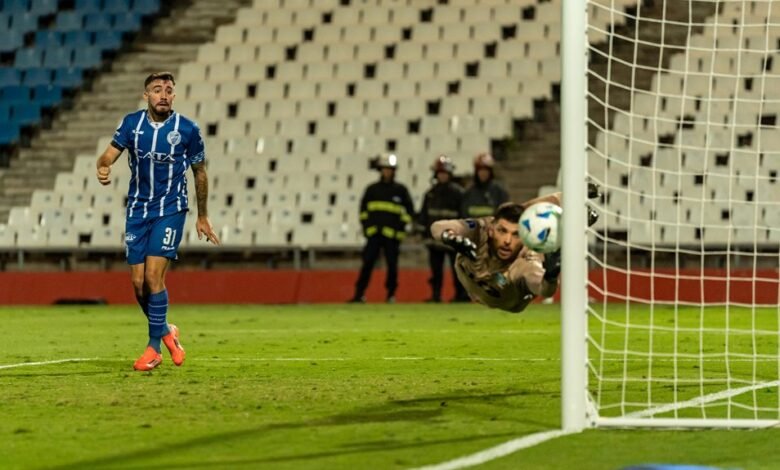A Caller You Can’t Block: 2708255959

The number 2708255959 represents a troubling aspect of modern communication. It serves as a reminder of how anonymity can facilitate harassment. Victims often grapple with anxiety and disruption as these calls invade their lives. This situation raises critical questions about privacy, mental health, and technological solutions. How can society respond to this growing concern? The implications extend far beyond mere annoyance, affecting the very fabric of personal security and well-being.
The Origins of 2708255959
Although the number 2708255959 might seem like just another string of digits, its origins tell a more complex story rooted in telecommunications infrastructure and the evolution of caller identification technology.
Tracing back to unknown caller origins, this phone number embodies a significant shift in how individuals perceive contact. It highlights the profound implications of anonymity and the significance of phone numbers in modern communication dynamics.
The Unsettling Persistence of the Caller
The incessant ringing of the phone often heralds the arrival of the number 2708255959, a caller that seems to defy the typical boundaries of communication.
This unwanted communication embodies persistent harassment, intruding upon the personal sanctum of those targeted.
Its relentless presence raises questions about the nature of freedom in communication and the psychological toll inflicted on individuals subjected to such unyielding intrusion.
Personal Experiences and Encounters
Experiences with the relentless caller often leave a lasting impact, shaping the daily lives of those affected.
Victims report heightened phone anxiety, as the constant barrage of unwanted attention disrupts their peace. Many find themselves scrutinizing their phones, fearing the next intrusive call.
This unyielding presence alters routines, fostering a sense of vulnerability that weighs heavily on their mental well-being and personal freedom.
Coping Strategies for Dealing With Unwanted Calls
While unwanted calls can feel inescapable, individuals have developed a variety of effective coping strategies to regain control over their phones and their peace of mind.
Techniques such as call blocking apps provide immediate relief, while mindfulness practices enhance stress management.
Conclusion
In an era where technology blurs the lines of personal privacy, the case of the persistent caller 2708255959 underscores the urgent need for systemic reform. For instance, a hypothetical victim, Sarah, found her daily routine disrupted as relentless calls led to anxiety and isolation. This scenario highlights the psychological toll of such harassment, emphasizing the necessity for robust caller identification systems and stricter regulations to safeguard individuals from the pervasive threats of unwanted communication.







